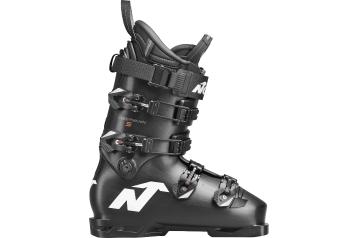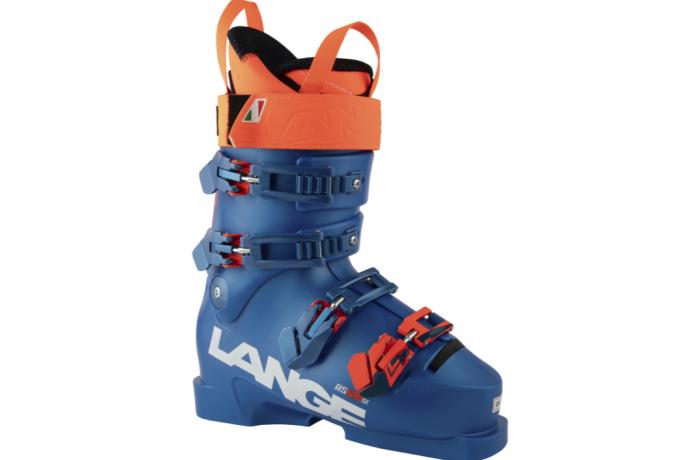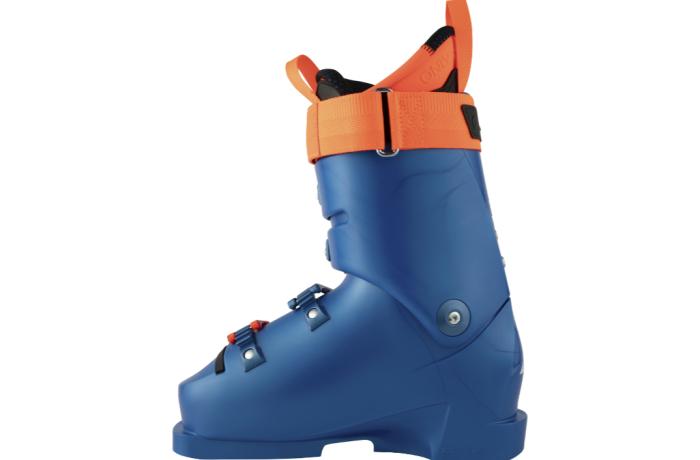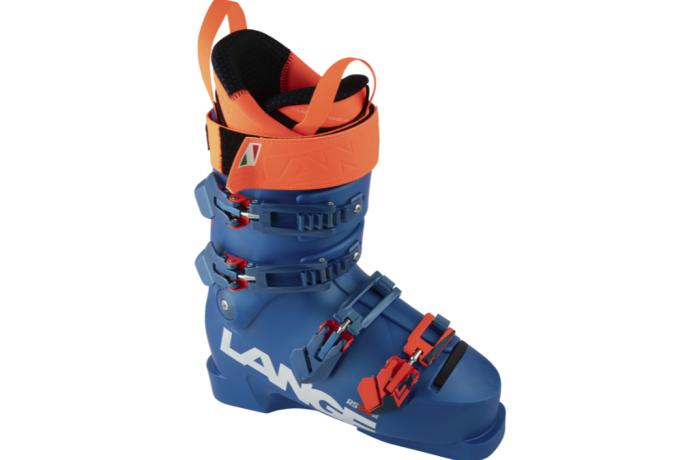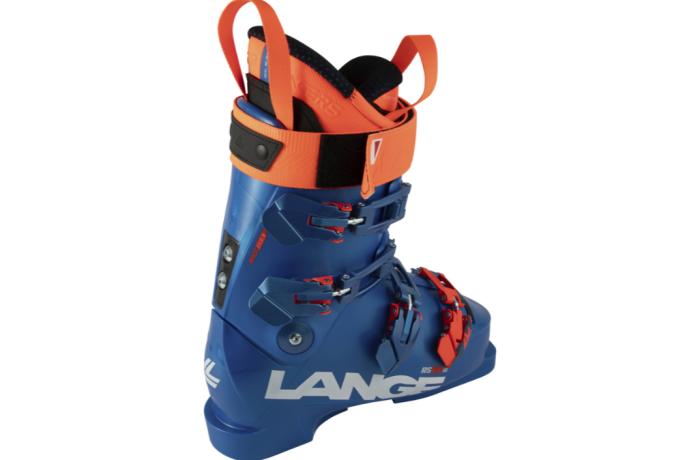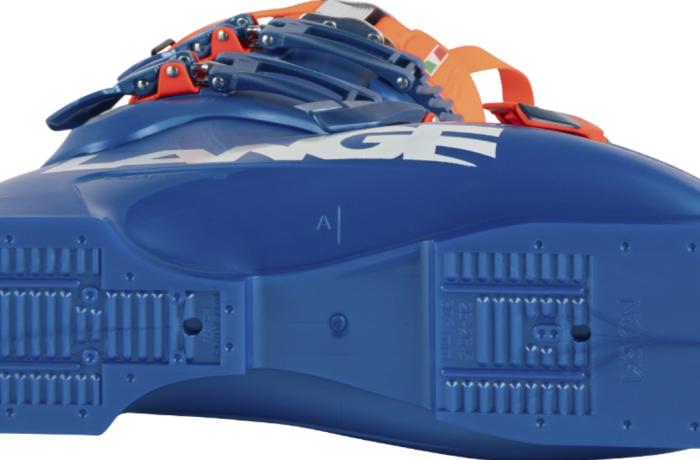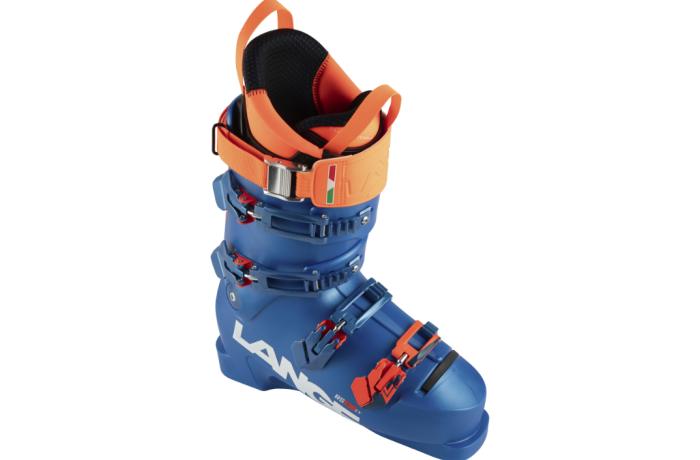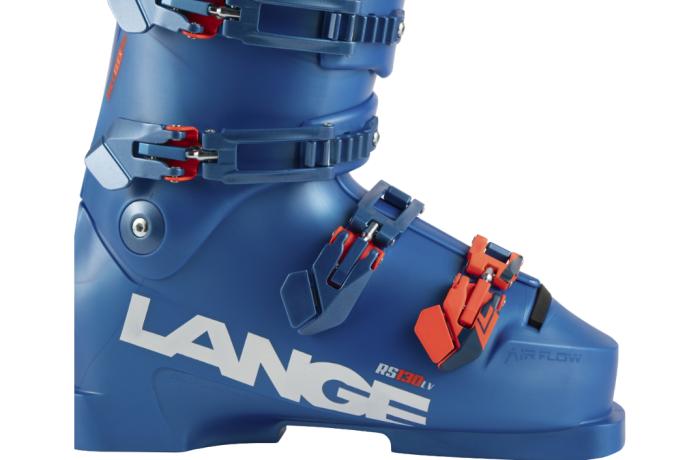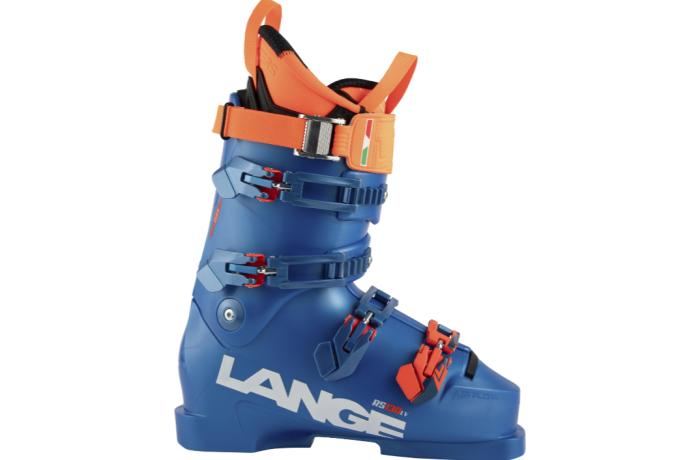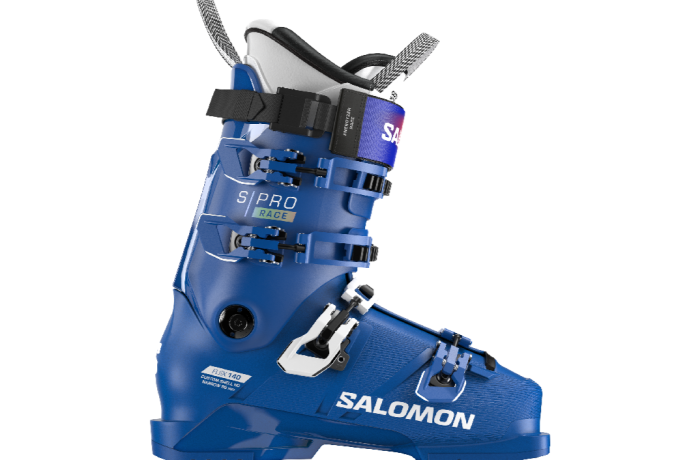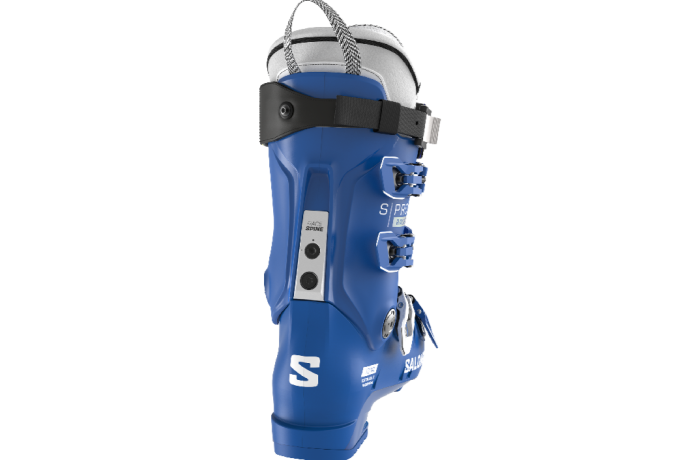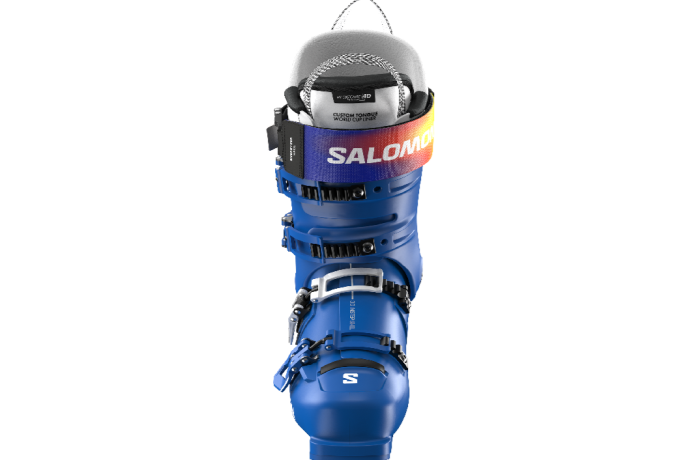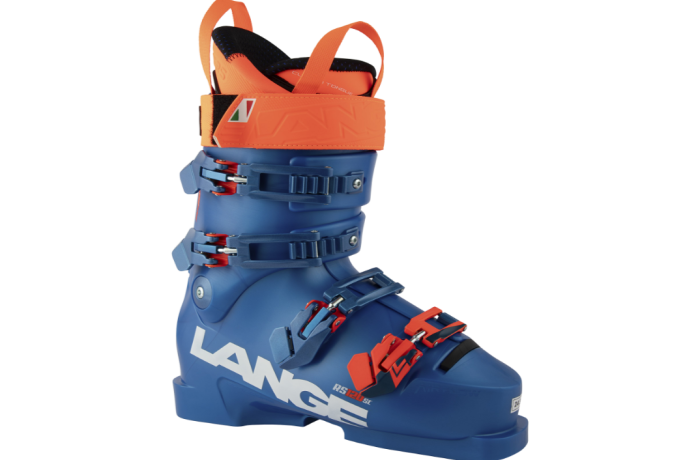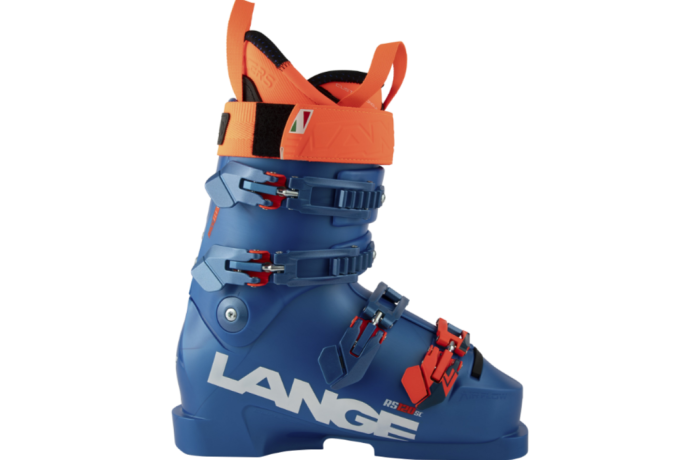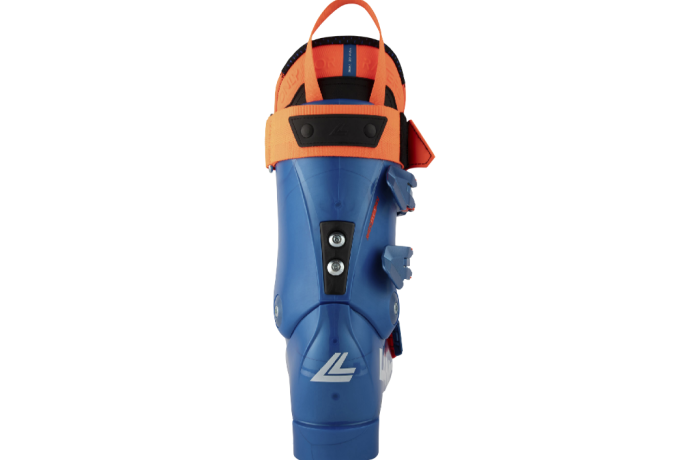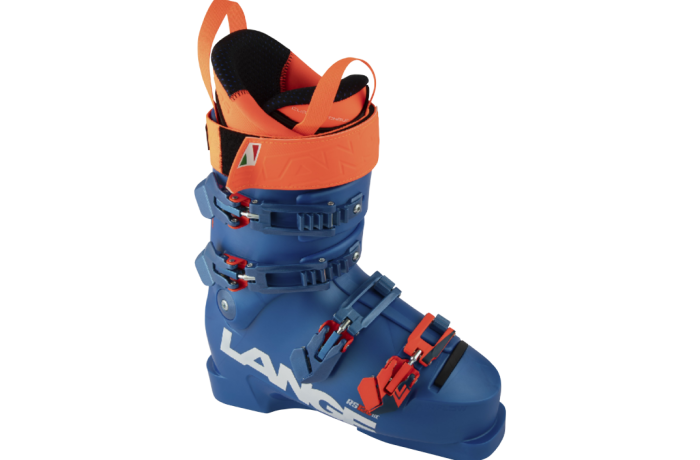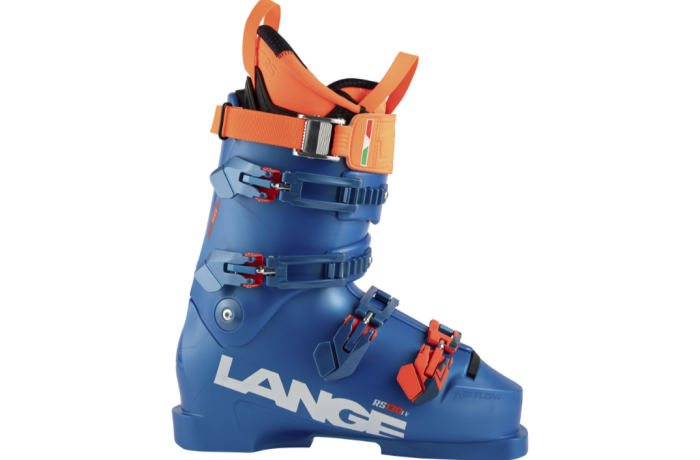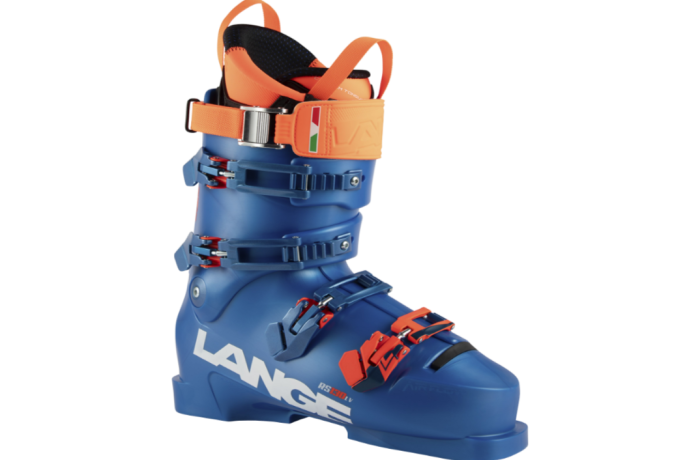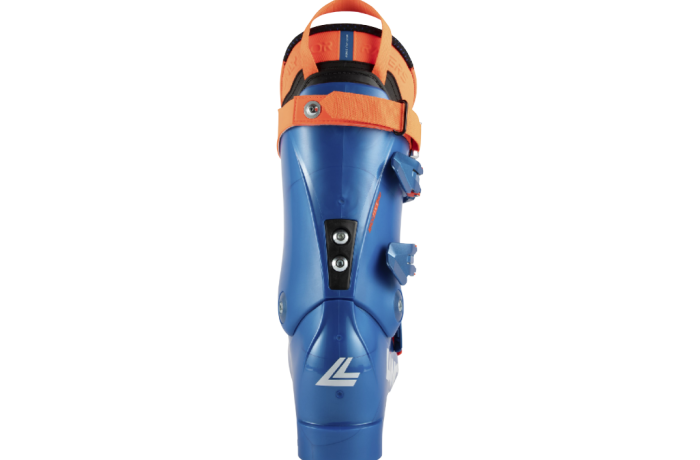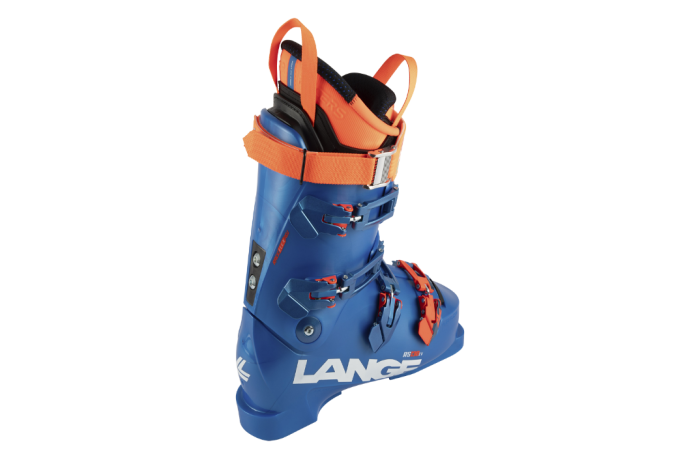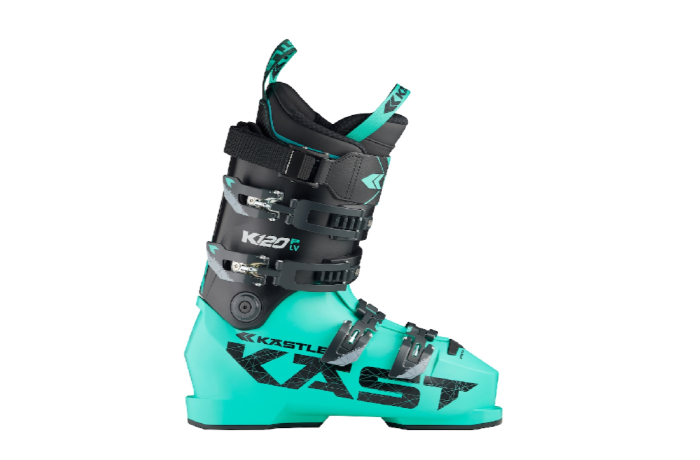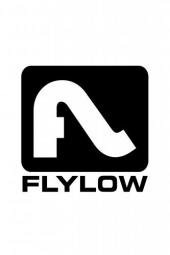We had to look back into the archives to check if there was ever a time the RS 120 SC had been entered in our annual boot test that it hadn’t at least been on the podium, if not on the top step. We were not surprised to discover that in the last ten years of testing, every time it was entered it ended up on the podium, and it earned the top spot 66% of the time. What is it about the RS 120 Short Cuff that is such a winner for our test team? Simply put, they say that they make the best turns of the test period in this boot, especially if it’s with a sharp carving ski, on a firm smooth surface, going really damn fast.
Our testers represent a broad range of different skier types, from ex-racers and coaches to certified instructors, to all-mountain explorers and pow skiing specialists—but they’re all accomplished skiers who always get their own boots dialed and they know when something’s off with a boot, whether it be a fit, stance or energy transmission issue. When they test the RS 120 SC, testers first make note that there is absolutely nothing wrong with it—not with fit, not with stance, not with transmission of movement to the ski. Secondly, they cite how well they ski in this boot.
Sometimes it’s best to hear it straight from the of the testers’: One said, “Like a race car, built for speed and function.” Another said, “Skiing this boot feels like my foot is attached to the ski without a boot surrounding it--so in-tune with the snow.” A third, “Stabilizing and sturdy--an anytime-anywhere boot--photoshoot worthy!” A fourth, “A power house of a boot--can handle anything you throw at it.” And finally, “This is the Ferrari of boots! I had a blast with the level of precision and control it gave me over my skis.”
While the tester consensus is that performance is the priority with the RS 120 SC, there are no fit deal-breakers either, they said. It’s a snug fit but not bone-crushingly race-boot-tight, and they mention that last year’s improved fit over the top of the foot remains a huge boon for those seeking less-tingly toes. On a scale of 1 to 5 for fit tension (1 is World Cup race boot tight and 5 is rental boot loose) the RS fit scores over eight different zones averaged a 2.0, right on target for a 97mm last. The tightest score was for the ankle pockets at 1.85 and the roomiest spot was over the top of the foot at a 2.50.
Is this a boot for casual cruisers? No. Testers said this boot is for skilled skiers who place a premium on how well their gear lets them ski—and they say that any performance deficiencies cannot be blamed on the boot.
